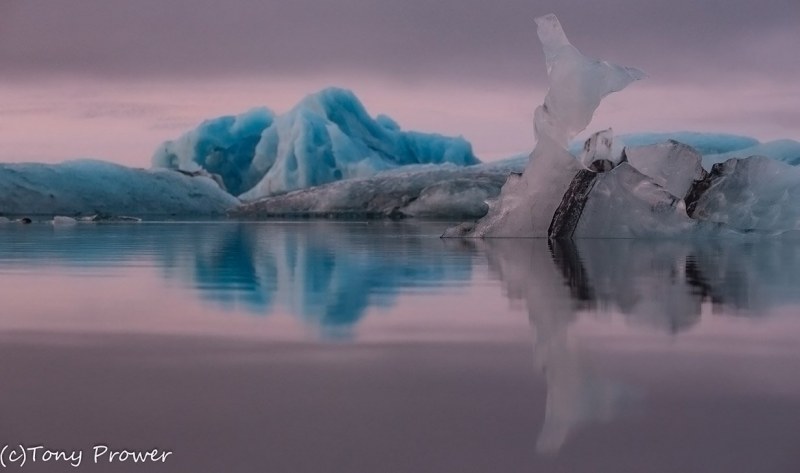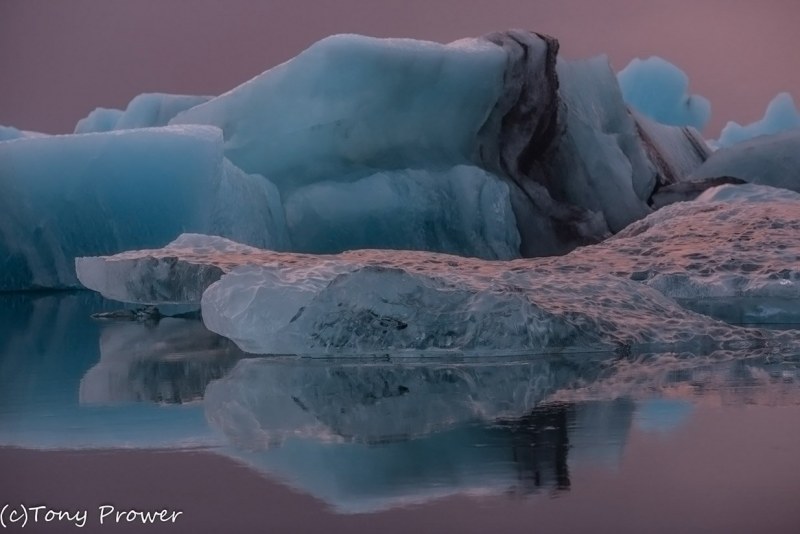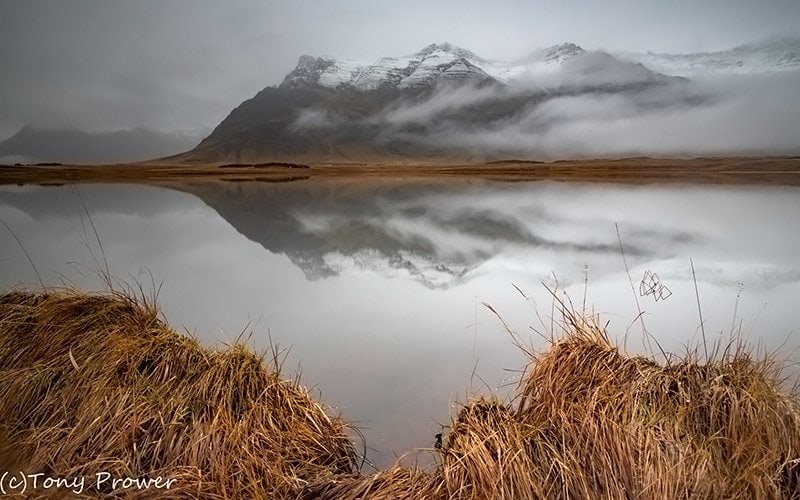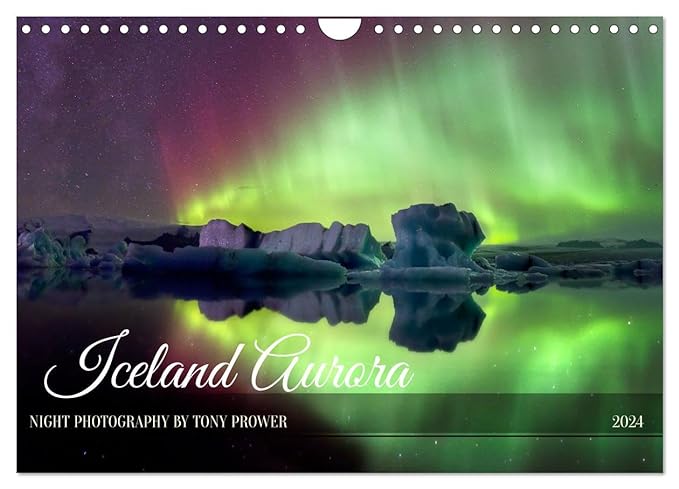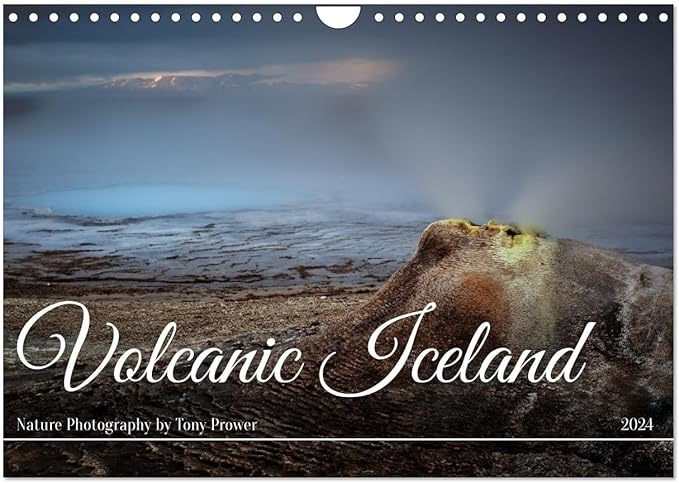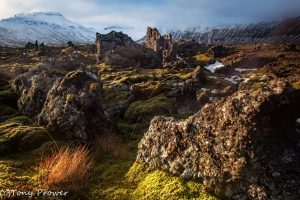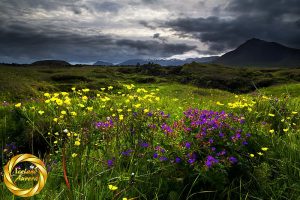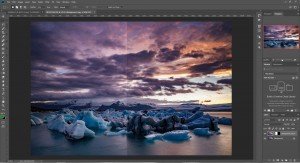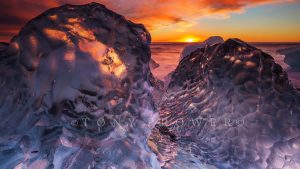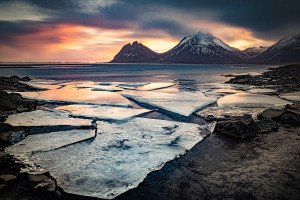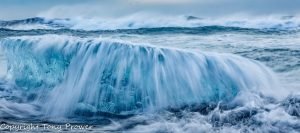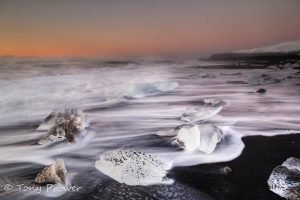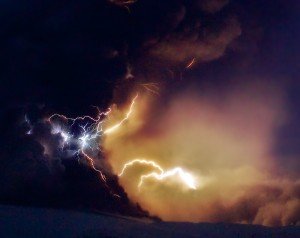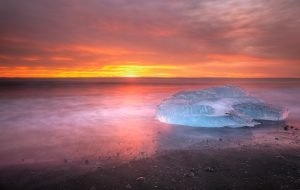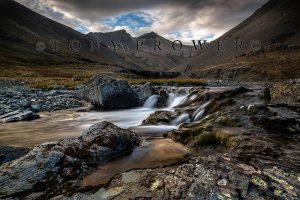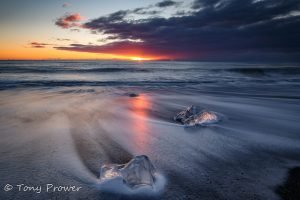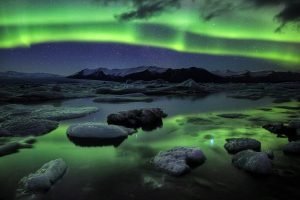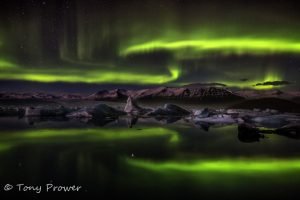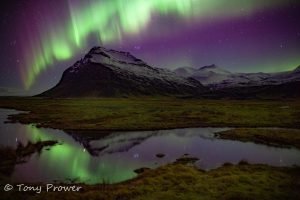Reflections in Landscape photography
Reflecting on shiny
Apart from the one I see in the bathroom every morning, I love reflections. They are a sign of cleanliness, stillness and value, but above all they are a visual treat. In the landscape they communicate the stillness in the air and increase your tones and colours. Effectively, you can have double the photograph if you capture a good reflection. Here I hope to double your knowledge about reflections and increase your tones and colours.
Tours Around Iceland
Composing with reflections
The landscape photo at the top is reflecting the mountains of Suðursveit, South East Iceland. In landscape compositions we often learn about the rule of thirds first. The rule of thirds is a great way to get started in many types of photography because it discourages the photographer to place the subject in the centre of the frame and it helps you understand the value of ratios. By putting the horizon on a third you are breaking any symmetry and allowing the eye to wander around easier. But when you have a good reflection, you have perfect symmetry. For this reason, a good reflection is a good reason to break the rule of thirds. Putting the horizon dead centre can be a great idea.
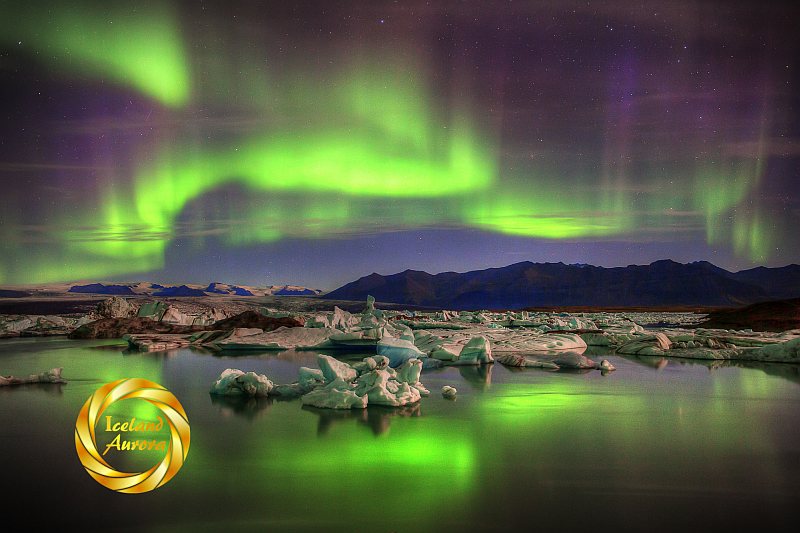
Photoshop fakes
The photograph below uses a thirds composition where I allowed the foreground straws to overlap a part of the reflection. This helps it’s authenticity. Authenticity is important because reflections can be faked. Although the grass is no definite proof of authenticity, it is difficult to fake correctly, so most fakers leave their reflections perfectly clean. Can you spot any more evidence for authenticity? Do you think you could spot a fake?
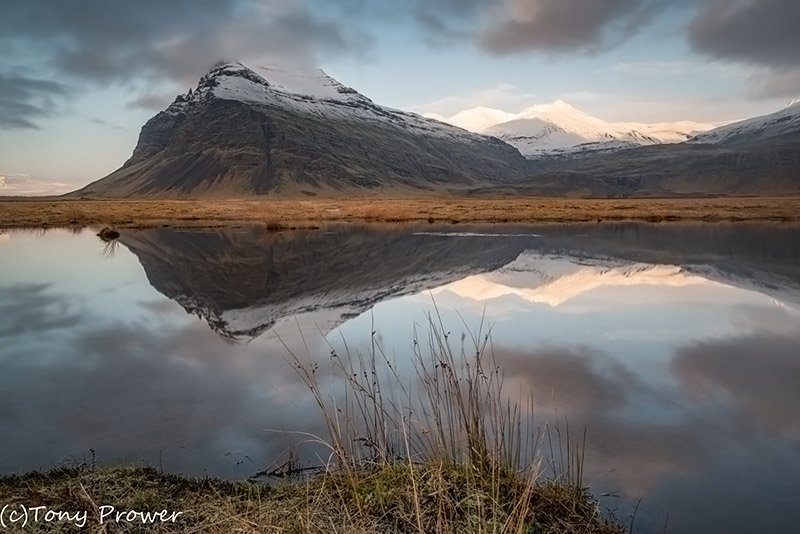
Landmannalaugar Cotton-Grass
I had to place my tripod on the lowest setting to get this reflection of the mountains at Landmannalaugar. The way the cotton grass interrupts the reflection is also difficult to fake. Fake reflections often begin with a dead straight line.

Reflective surfaces
In the Nature, water is the best reflective surface. For water to reflect you either need low to zero wind or incredibly shallow water. Bigger bodies of water need longer periods of zero wind to become super reflective, but when they do the results can be fantastic. Smaller bodies of water become reflective quicker and very shallow water become reflective very quickly. In windy weather, wet sand is the best reflector. Ice is not affected by wind, but the reflection can be frosty with poor details although it reflects light and colours well.
Straighten up
Reflections can be useful in post-processing. If you can find a reflected point in the middle of the image, this can be used as a straightening reference because points on a reflected object will be perfectly vertical. The reflected ice in this photo from Jökulsarlon really help a very wonky image.
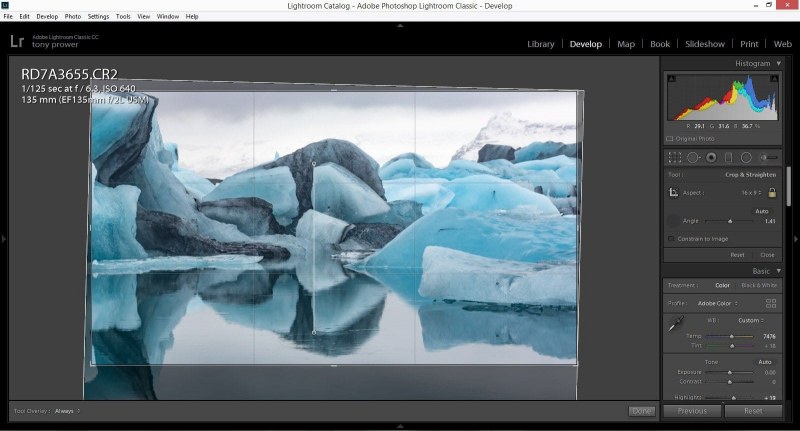
Depth communication
Few people realise that a good reflection can communicate the distance of objects in relation to each other – their spatial relationships. Have a good look at this reflection on the glacier lagoon. Can you judge the distances between different pieces of ice and the mountains? and can you explain how you are able to make this judgement? (200 word essays accepted in the comments.)
Real Depth & Fakes
If a good reflection is genuine you will notice a slight difference between the direct and reflected objects if there is a distance between them. Looking into the Blue Yonder, you can see the three objects circled in the reflection. Here you can see how tightly grouped they are in the reflection, but directly, they are not so tight. This communicates depth by showing that there is distance between each object. You wouldn’t have known the 2 pieces of ice had such a distance between them without the reflection. How different would the reflection be if the mountains where big black ice bergs directly behind the white ice? instead of several KM away.
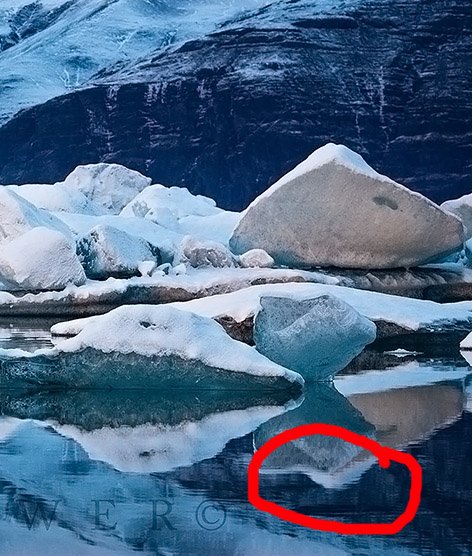
Ducks Eye View
The only time this isn’t true is if the photo is taken from close to the water level.
